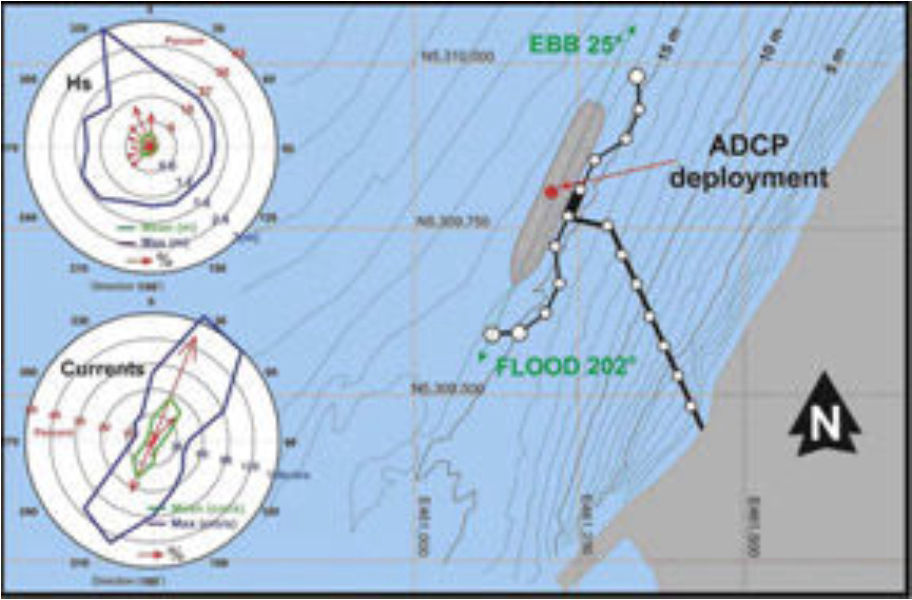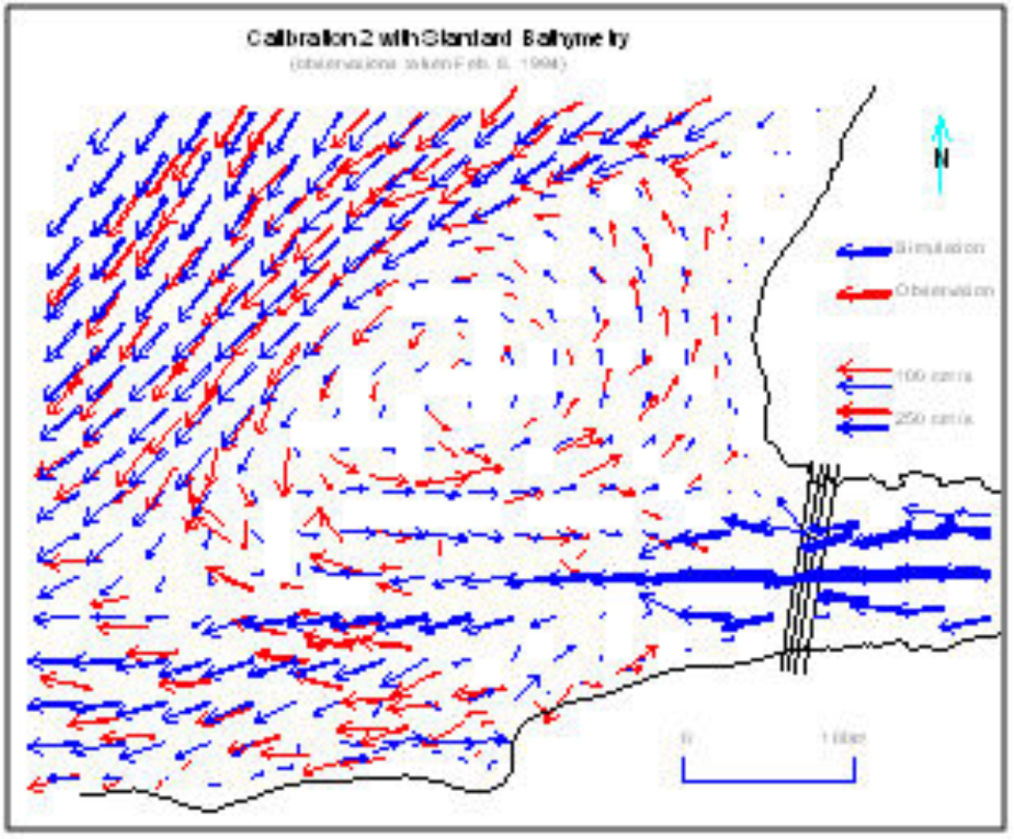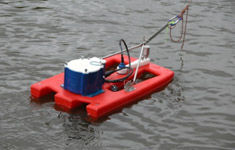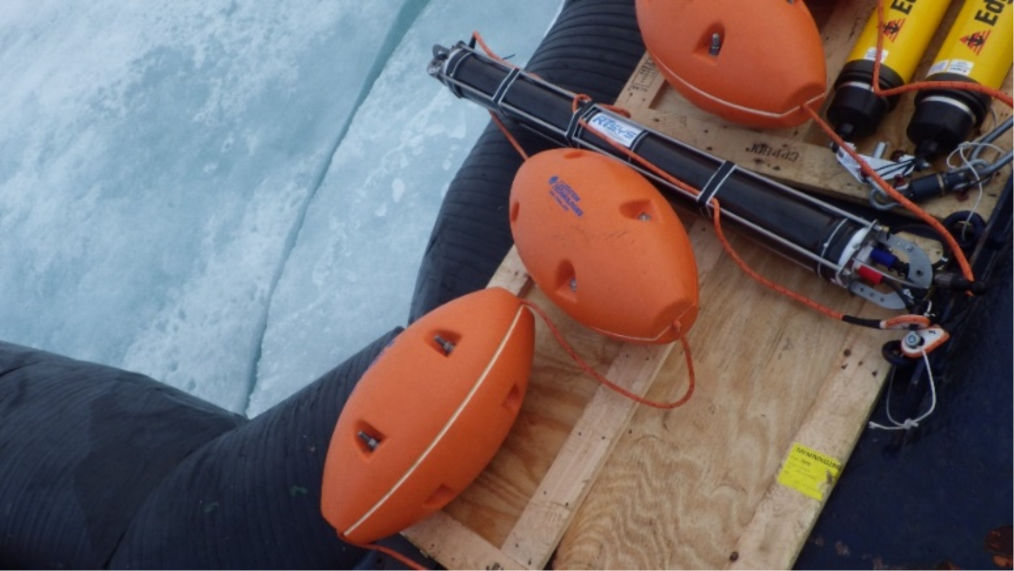Physical Oceanography
ASL’s staff of oceanographers, scientists and engineers are specialists in all aspects of physical oceanography and limnology, including currents/waves/tides, water quality (temperature, salinity, turbidity, chlorophyl, DO), sediment transport/turbidity flows, ice, and underwater acoustics. We draw upon in-house experts in numerical modelling and remote sensing as required to meet our clients’ needs.
With our engineering group we are able to manufacture custom mooring frames and cages specific to our clients’ projects. Our field services group has over 50 years total experience and over the past 10 years we have a mooring recovery rate of 99%. Some data collection moorings are deployed locally for a few days while others may be for nine months under the ice in the Arctic where they are all but inaccessible except for a few months in the summer. Other systems are real-time with data available on demand.
We have always used the latest technology. When ASL started 40 years ago the current meters were Aanderaa RCM4’s with paddle wheel rotors for speed and vanes for direction. Now we own over 50 state-of-the art Acoustic Doppler Current profilers (ADCPs). Laboratory analyses for water properties have been largely replaced by in-situ sensors such as CTDs and optical sensors for turbidity, chlorophyl and dissolved oxygen. We recently purchased four in-situ underwater noise recorders for measurement of noise from vessels, mammals, gas pipelines, etc. We manufacture our own AZFP, a multi-frequency echosounder for measuring distribution of plankton and fish.
Whatever your needs, we have either done it or can do it. Give us a call. Following are some examples of the types of projects we have done, and the industries we work with.
















